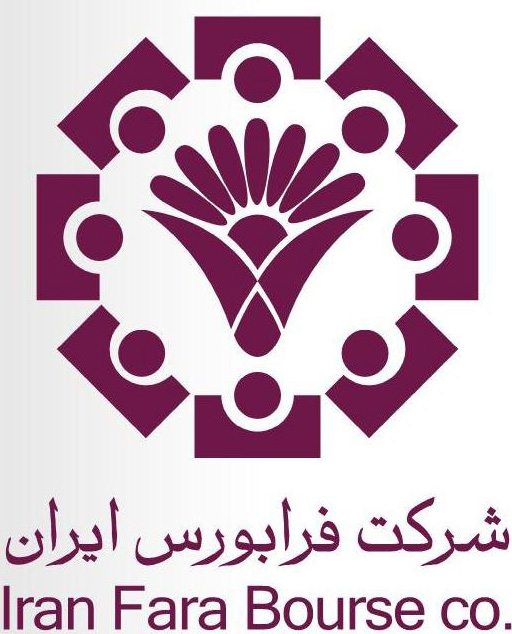The Iranian government’s tradition of printing money to cover fiscal gaps is coming to an end. It is signaling to the public and international investors that it is moving toward a modern financing model. After moves that distanced the Central Bank of Iran’s monetary policy from the government’s fiscal needs has come the era of raising money through government borrowing.
The treasury sold its first batch of government debt, called “Islamic Treasury Bills”, to domestic investors on Thursday. Modeled after modern economies, the bills were sold at a discount in over-the-counter market Iran Fara Bourse.
The bills comply with Sharia law and aim to provide a new source of financing to Iran’s cash-strapped government. Falling revenues from oil, the government’s main source of revenue, due to a drop in global crude prices from above $110 per barrel to under $50 have sped up government’s move towards better taxation and the introduction of debt financing, which have been a decade in the making.
Out of the planned sale of 400,000 bills with a one-million-rial ($29 and 50 cents at market exchange rate) face value, 384,000 bills were sold at 900,500 rials in early trade though demand sent the bills up to 901,000 rials before the market’s close.
Buyers were mostly institutional with non-institutional investors taking a less than 2% share of the trade. State-owned Bank Melli and Kardan Investment Bank handled the sale of the public offering.
The bills will yield 24.3% per annum—considerably higher than the 20% cap set by the central bank on one year deposits—given the 165 days left to their maturity on 13 March, 2016, which is right before the end of the current fiscal year, according to Pouya Jabal Ameli, a CBI analyst.
The small amount of the securities sold deprives anyone of giving an informed estimate on the rate the Iranian government can really borrow in its own currency. But, the match has been kicked off and the government plans to sell an additional 9.6 million bills in the coming weeks to raise money for repayment of its debt to private contractors. That could bring the total money raised through Islamic Treasury Bills to $900 million – a menial sum but a good start.
The state’s over $30 billion debt to private and semi-state owned companies is one of the main reasons behind recession in Iran’s industrial output. The new bills are given as debt repayment to contractors who can resell them in the Iran Fara Bourse or wait and redeem them at maturity.
If the bills are picked up by investors, the government can also raise funds to repay the other $33 billion it has borrowed from banks, leaving them without cash to lend, and give a fresh breath of life to the heavily bank-dependent economy.
This is not the first time the government is using debt financing, however. Various branches of the government have issued sukuk, Islamic bonds, to finance their expansion projects throughout the years. But this is the first time the treasury is doing so, making the bills the first government debt issuance for all intents and purposes.
The advent of government bonds adds an invaluable tool to the CBI’s monetary policy tool kit, but the government is keeping the central bank at an arm’s length for now to first earn a reputation for fiscal responsibility.
To avoid making the CBI the government’s piggy bank, as before, and avert allegations of interest rate manipulation for the new bills, the central bank has been banned from trading them. The government should very well allow the central bank to dabble in the treasury trade in future, but only after both fiscal and monetary authorities have earned a reputation for prudence. For now, security has been favored over liquidity.


